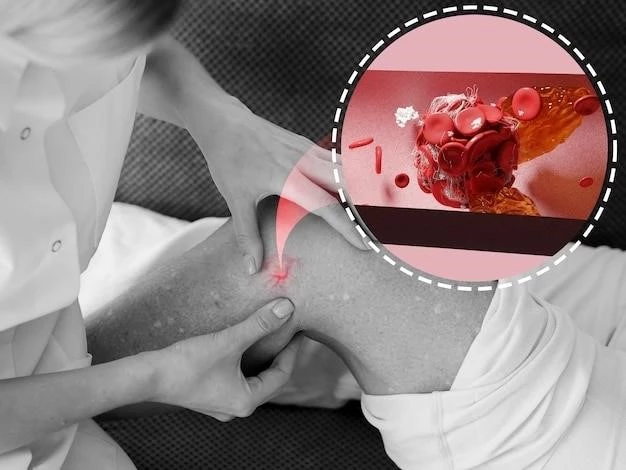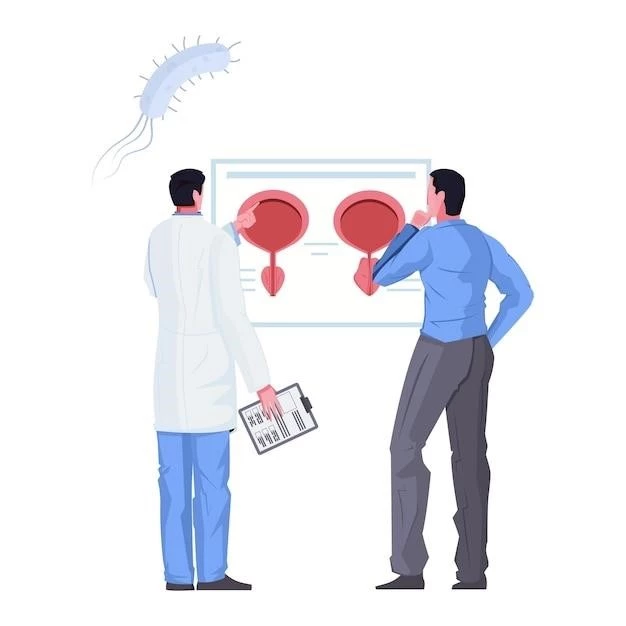Overview of Primary Ciliary Dyskinesia (PCD)
Primary ciliary dyskinesia (PCD) is a rare genetic disorder affecting cilia lining various parts of the body, including the flagella of sperm cells. It leads to inefficient movement of cilia. It is crucial to understand the impact of this condition on sterility.
Primary ciliary dyskinesia (PCD) is a rare, autosomal recessive genetic disorder characterized by defects in the movement of cilia in various parts of the body, including the flagella of sperm cells. This condition affects cilia lining the respiratory tract, sinuses, ears, fallopian tubes, and more. While previously referred to as ″immotile ciliary syndrome,″ it is now understood that cilia in PCD do have some movement but are inefficient, leading to complications such as respiratory infections, sinusitis, ear infections, and male infertility.
Male Infertility due to Multiple Morphological Abnormalities of Sperm Flagella (MMAF)
Male infertility due to Multiple Morphological Abnormalities of Sperm Flagella (MMAF) is characterized by severe abnormalities in the structure of sperm flagella, leading to nearly total asthenozoospermia. These abnormalities include short, angulated, or absent flagella, impacting male reproductive success.
Description of PCD
Primary ciliary dyskinesia (PCD) is a rare genetic disorder that affects cilia lining various parts of the body, including the flagella of sperm cells. This condition leads to inefficient movement of cilia, impacting respiratory functions, sinuses, ears, fallopian tubes, and male fertility. Formerly known as immotile ciliary syndrome, PCD results from autosomal recessive genetic mutations that affect cilia motility in critical areas of the body, contributing to complications such as respiratory infections, sinusitis, ear infections, and male infertility.

Sterility in Animals Due to Immotile Flagella
Sterility in animals due to immotile flagella results from genetic mutations affecting cilia and flagella functionality, impacting reproduction. This condition leads to severe defects in flagellar assembly, affecting sperm motility and reproductive success in animals. Understanding the genetic and structural implications of immotile flagella-related sterility is crucial in animal breeding and reproductive health management.
Impact of Recessive Mutation on Sterility
The impact of recessive mutations on sterility is significant in animals, leading to immotile flagella and reduced reproductive performance. Mutations like hpy can cause complete sterility in males, highlighting the critical role of functional flagella in reproduction. Understanding the genetic basis of immotile flagella-related sterility is essential for managing and addressing fertility challenges in affected animal populations.
Genetic Basis of Immotile Cilia Syndrome
Research indicates that immotile cilia syndrome, affecting cilia in various parts of the body, is primarily caused by genetic mutations that impact ciliary and flagellar function. Understanding the genetic basis of this syndrome is essential for diagnosing and potentially treating individuals affected by immotile flagella-related sterility.
Identification of Novel Genes and Variants
Recent studies have led to the identification of seven novel genes contributing to Multiple Morphological Abnormalities of Sperm Flagella (MMAF) in individuals. Mutations in these genes, accounting for a significant portion of MMAF cases, shed light on the genetic mechanisms underlying severe sperm flagellar anomalies. Understanding these novel genes and variants is crucial for diagnosing and potentially treating individuals affected by MMAF-related male infertility.

Structural Analysis of Immotile Flagella
Analysis of sperm flagella in immotile flagella-related sterility reveals severe defects in flagellum assembly and organization, impacting sperm motility. Understanding the structural abnormalities in flagella is crucial for diagnosing and addressing male infertility associated with immotile flagella.
Severe Defects in Flagellum Assembly
Structural analysis of sperm from individuals with immotile flagella-related sterility reveals significant defects in flagellum assembly and organization. These abnormalities, such as unorganized microtubule elements and cytoplasmic bags within the flagella, contribute to impaired sperm motility and fertility issues. Understanding the structural anomalies in flagellum assembly is crucial for diagnosing and addressing male infertility associated with immotile flagella conditions.
Therapeutic Approaches for Immotile Flagella-Related Sterility
Therapeutic interventions for immotile flagella-related sterility focus on understanding the genetic underpinnings of sperm flagellar anomalies, aiding in accurate diagnosis and potential treatment strategies. One promising approach involves identifying novel genes and variants associated with multiple morphological abnormalities of sperm flagella (MMAF), offering insights into targeted therapies for male infertility linked to immotile flagella conditions.
Importance of Testicular Sperm in Male Infertility Treatment
Utilizing testicular sperm in male infertility treatment has gained importance due to the association between immotile ejaculated sperm and fertility issues. Testicular sperm, often with fewer immotile characteristics, offers a potential solution for overcoming immotile flagella-related sterility and improving chances of successful fertility treatment.
